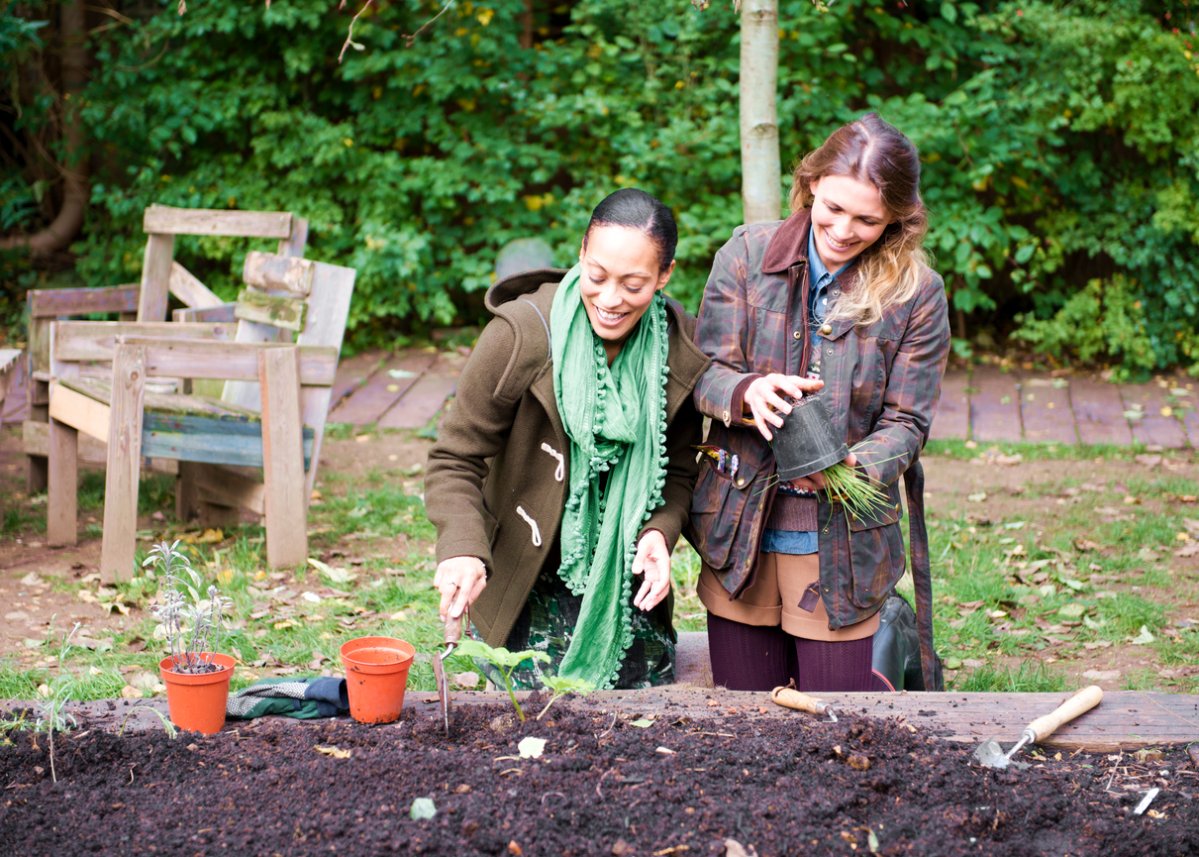

We may earn revenue from the products available on this page and participate in affiliate programs. Learn More ›
To the casual observer, spring may seem like the perfect time to start a garden or make over a landscape. Temperatures begin to warm up, rain is plentiful, and the world naturally starts to come alive after the long cold winter. Visit any garden center between Easter and Mothers Day and the crowds will leave you with no doubt that it must be time to get growing. Don’t let them fool you.
If you’re planning a summer vegetable garden or planting a flower bed with annuals such as petunias, then spring planting makes sense. But for outdoor projects that involve trees, shrubs, or perennial plants, fall planting is usually the best choice. Read on to learn why fall is for planting.
RELATED: 30 Plants That’ll Bring Color to Your Yard This Fall
1. Mild Days and Cool Nights

In much of the country, the arrival of fall comes with rapidly cooling overnight temperatures as daytime high temperatures moderate more gradually. The decreasing day length along with the fluctuation between warm days and cooler nights signals plants to stop producing leaves and stems, and to increase root production. Fall planting is a sure way to promote strong, healthy root systems with less plant stress.
2. Warm Soil
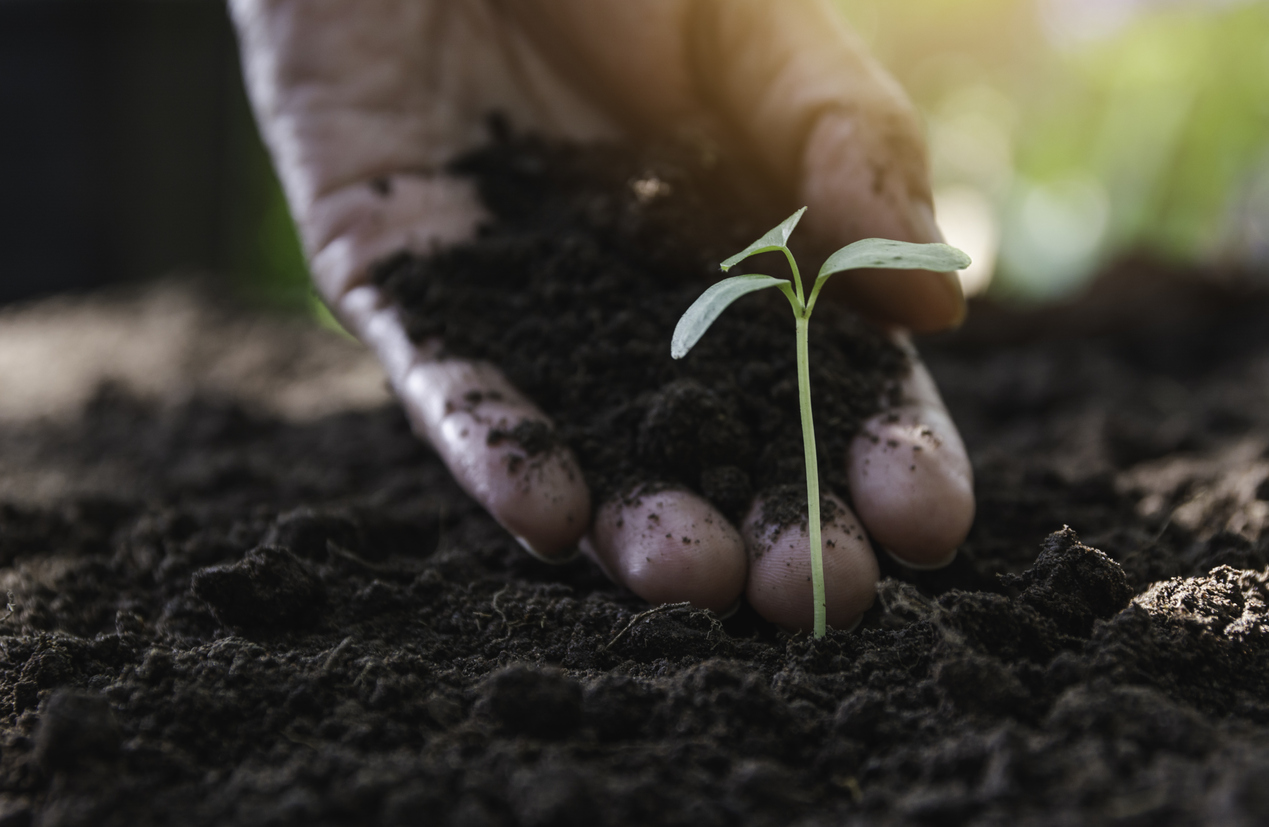
Although the mild air temperatures of early autumn may quickly turn cool and crisp, soil in the garden and landscape remains warm for several more weeks. Even after the leaves change color and fall, roots of trees, shrubs, and perennials continue to grow and develop. The soil’s insulating ability is immensely beneficial to autumn root development, as it extends the root-growing season well beyond the first frost date.
RELATED: 40 Tasks Homeowners Should Finish Before the First Frost
3. Better Chance of Rain
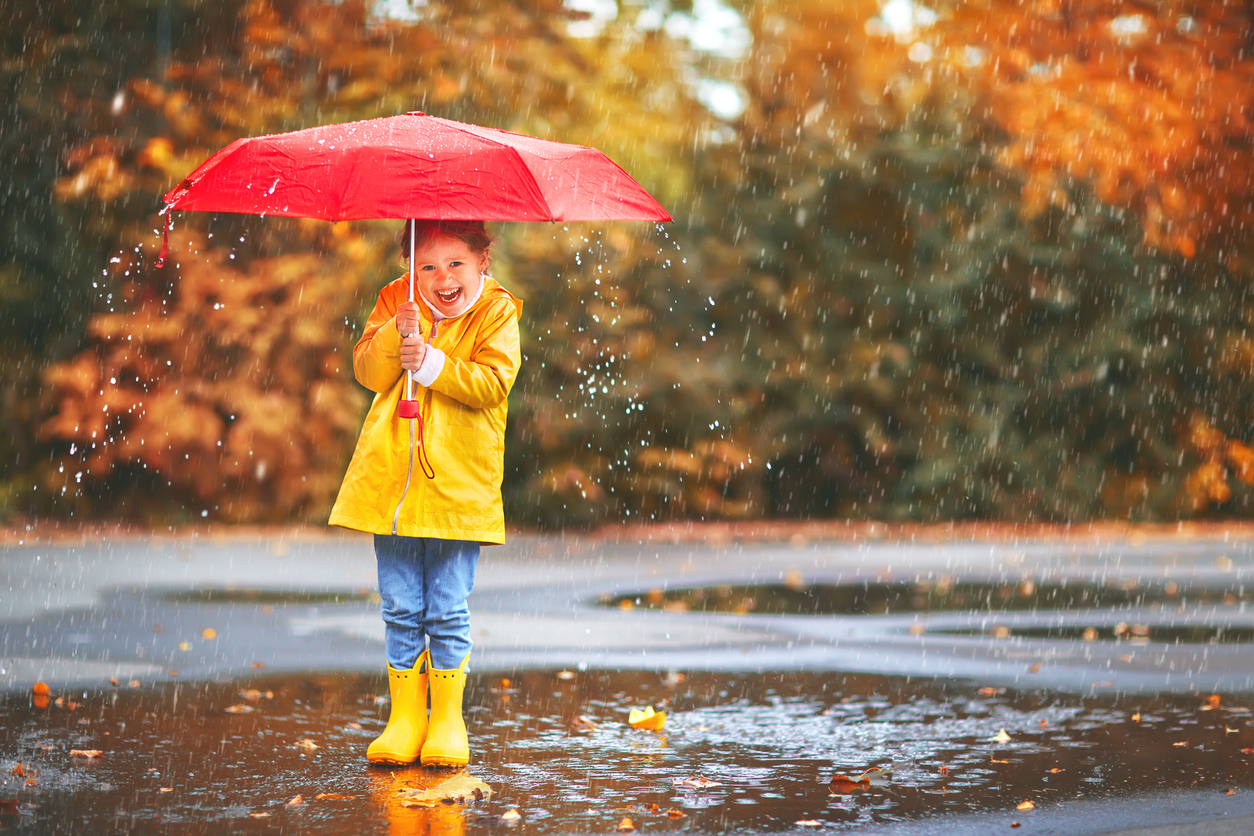
In addition to favorable air and soil temperatures, fall brings an increased chance of rain. Not only does this “free water” reduce the need to irrigate new plants, natural rainfall is healthier for the plants than irrigation water. Rain falls in a uniform pattern, saturating the entire landscape evenly. It is pH balanced for optimal plant health, without the dissolved minerals associated with well water or purifying agents from city water. And, rain washes the entire plant surface, boosting photosynthesis before falling to the ground and cleansing accumulated salts from the soil.
4. Lower Humidity

Humidity is a mixed blessing for new plants. High humidity may reduce water that is lost through transpiration, but it also increases the spread of fungal and bacterial plant diseases. The crisp weather that gardeners enjoy while working in the fall garden also helps to protect young garden plants from foliar disease as they become established in their new setting.
RELATED: 30 Plants That’ll Bring Color to Your Yard This Fall
5. Fewer Pests
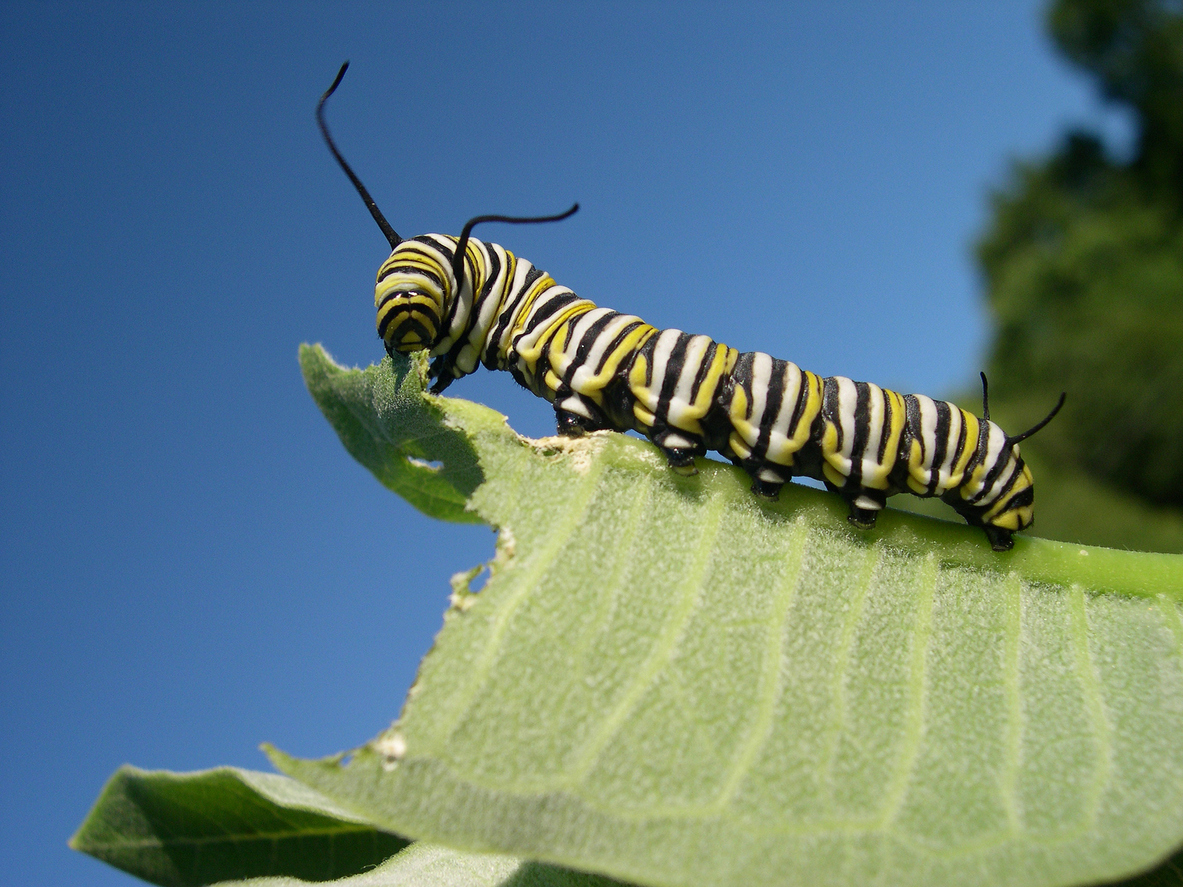
Most of the aphids, caterpillars, and beetles that feast on garden plants through spring and summer are nowhere to be found by fall. They have already completed the above-ground portion of their life cycles and are safely tucked into their winter shelters until next year. With these bugs out of the picture, your new plantings focus less of their energy on defense, and more on producing roots and storing energy.
6. Less Weed Competition
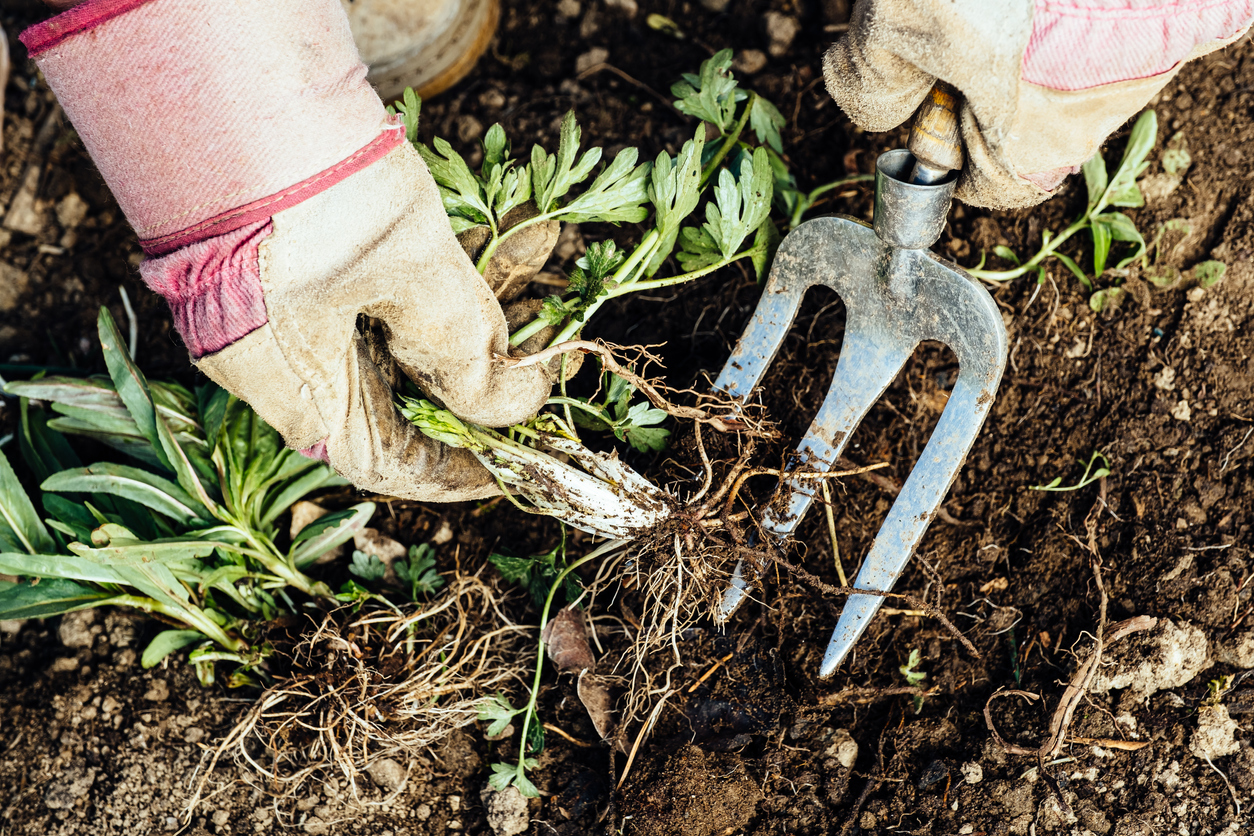
Planting in fall means fewer weeds that will compete with new plantings for water and nutrients. By fall, weeds are completing their growth cycle for the year. Perennial weeds have nearly stopped growing, and only a few cool season weed seeds are germinating. Staying ahead of the competition is much easier this time of year than in spring. A layer of mulch applied after fall planting is adequate to eliminate nearly all weed growth until next year.
RELATED: The Best Things You Can Do for Your Yard This Fall
7. Stress Relief

Stress reduction is as beneficial for plants as it is for gardeners. By eliminating the numerous challenges associated with spring and summer gardening, such as insects, disease, weed competition, excessive heat, and drought, fall planting ensures a smoother transition for new plantings and an easier path to success for gardeners. Plants spend more energy on simply growing. Gardeners spend less time on after-planting chores like weeding, spraying, and watering. The result is a healthier garden and more time to simply enjoy it.
8. Following Nature’s Lead
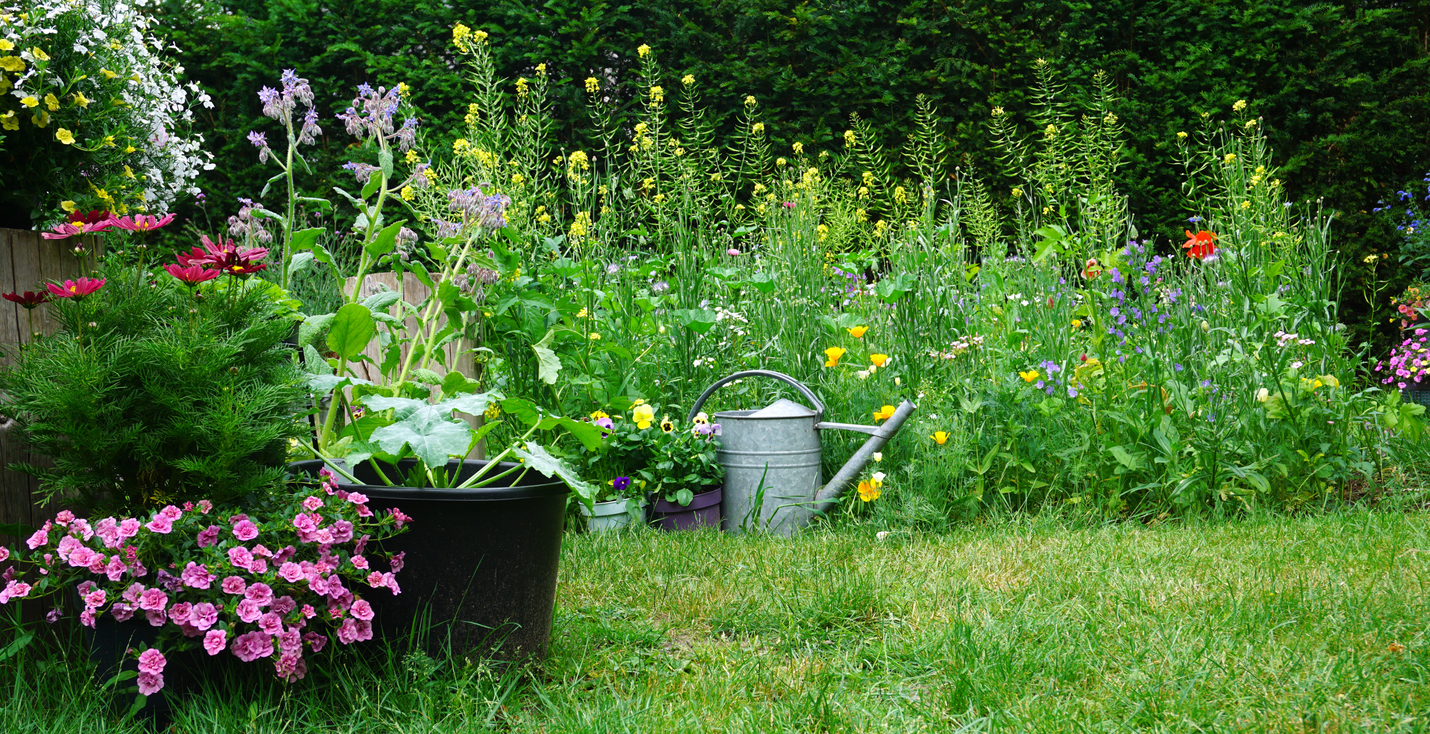
It may come as no surprise that fall is the best time to plant grass seed or sow wildflower seeds. Most plants end the growing season by releasing mature seeds, fruit, or nuts in late summer or early fall. Whether they are scattered by the wind or dispersed by wildlife, these seeds begin the process of germination in fall, not spring. Some seeds sprout right away and spend winter and spring increasing their root systems for optimum drought resistance. Other seeds only germinate after a thorough winter chill. Either way, tapping into the natural rhythm is the best way to ensure gardening success.
9. A Great Time to be Outside

According to the National Foundation For Cancer Research, spending time outdoors offers a variety of direct and indirect health benefits. Whether it’s because of the crisp morning air, the mild sunny afternoons, or the dramatic foliage changes, fall is a fantastic time to be outside. Planting offers a great reason to get out and enjoy the season.
RELATED: Our Favorite Patio Heater is Easy to Transport and Provides Plenty of Warmth on Cool Nights
10. But Not These Plants
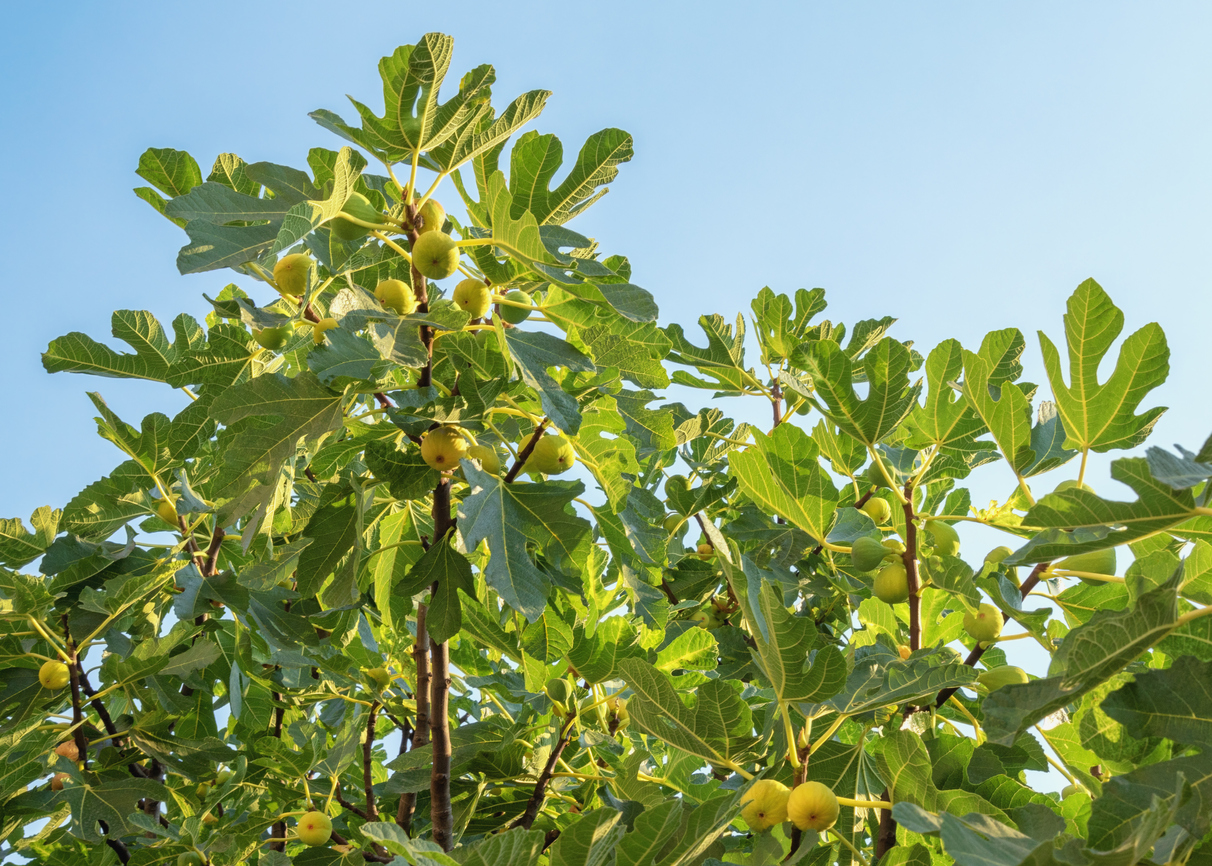
While fall planting is often a safe and easy choice, sometimes it’s not the best strategy. Trees, shrubs, and perennials that are marginally hardy for your planting zone should be planted in spring. For instance, when planting a fig tree in USDA zone 7 it is best to take advantage of the tree’s natural heat and drought tolerance by planting in late spring, in order to establish a root system that will be strong enough to resist winter cold. Also, avoid planting warm season annual flowers like impatiens or vinca late in the year, as they die with the first frost and will not come back in the spring.
